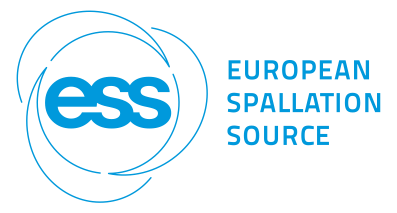Description
Fu Song,1 Kun V. Tian,2 Gregory A. Chass1*
1. School of Biological and Chemical Sciences, Queen Mary University of London, E1 4NS
2. Department of Chemical Science and Technologies and centro NAST,
Università degli Studi di Roma TorVergata, Rome, Italy
*g.chass@qmul.ac.uk
Abstract
The work involves characterising the microscopic and mesoscopic structure, dynamics and mechanical properties during and after setting of ordinary (Portland) cement OPC, as true understanding of the atomic-level structure and function remains scarce, particularly with respect to observed mechanical properties. Molecular cluster models based on DFT methods (Fig-1a) have generated encouraging synergies between experiment and computation. These non-periodic cluster models have no geometric restrictions, therefore are truly amorphous and dynamic (Fig-1b). The approach has successfully predicted interfacial structure and dynamics of bioactive dental cements. Hence a battery of neutron and coherent-THz techniques are being employed, guided by the theoretical results, to track the changes in structure, dynamics and functional properties over setting time, OPC and other cementitious systems. D2O has been popularly used in detecting dynamic properties during cement hydration process in neutron scattering. We aim to find out the difference between the cement gel mixed with H2O and D2O.
(a) (b)
![Fig. 1, A and B] (https://indico.esss.lu.se/event/756/picture/12.jpg)
Fig. 1: (a) A cluster model of the disordered structure of the Ca-Si-Hydrate phase of cement (Ca/Si = 1.67); in agreement with structures derived from neutron scattering. (b) Radial distribution functions of the Si-O pair, for models with differing Ca/Si ratios; raised Ca-content results in increased speciation of the Si environs and effective amorphisation of the cluster.
References.
Tian, Kun V., et al. Nature communications 6 (2015)
Jennings, Hamlin M. Cement and Concrete Research 38.3 (2008): 275-289
FitzGerald, S. A., et al. Journal of Materials research 14.03 (1999): 1160-1165
Keywords.
Cement, C2S, C3S, D2O, dynamic models, RDF, hydration, neutron scattering
Author
Mr
Fun Song
(Queen Mary University of London)

